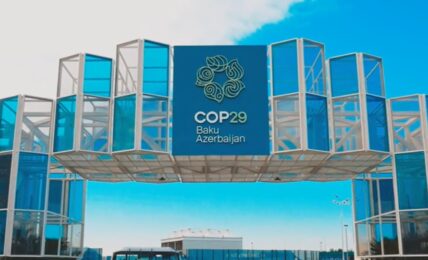Mercedes-Benz announced today an expansion of its green electricity portfolio, with plans to build a wind farm at its test track in Papenburg, Germany. The wind farm will have an output of more than 100 MW, covering more than 15% of the company’s annual electricity demand in Germany.
The new plans follow a series of announcements made by the company at its ESG conference earlier this year, including a goal to cut CO2 emissions per passenger car by more than 50% by 2030, alongside initiatives to expand solar and wind energy at its own locations and to increase the use of power purchase agreements.
Jörg Burzer, Member of the Board of Management of Mercedes-Benz Group AG, Production and Supply Chain Management, said:
“The targeted expansion of renewable energies at our own locations is an integral part of our sustainability strategy. With the realization of the planned wind farm project in Papenburg, we are taking an important step in this direction.”
The company stated that as part of its plans to erect a double-digit number of wind turbines by the middle of the decade, it is also planning a long-term purchase power agreement (PPA) with a partner, “equivalent to a triple-digit million euros amount.”
Additionally, At the 800-hectare Papenburg test site, Mercedes-Benz said that it will evaluate large-scale installation of photovoltaic systems.
By 2030, the company’s target is to cover more than 70% of its energy demand in production with renewable energy.
Burzer said:
“We make an active contribution to the energy transition and the expansion of onshore wind power in Germany. By installing photovoltaic systems on the roofs of our plants on a large scale, we are gradually reducing our external energy requirements”
The post Mercedes-Benz to Build Windfarm to Cover 15% of Electricity Needs in Germany appeared first on ESG Today.



